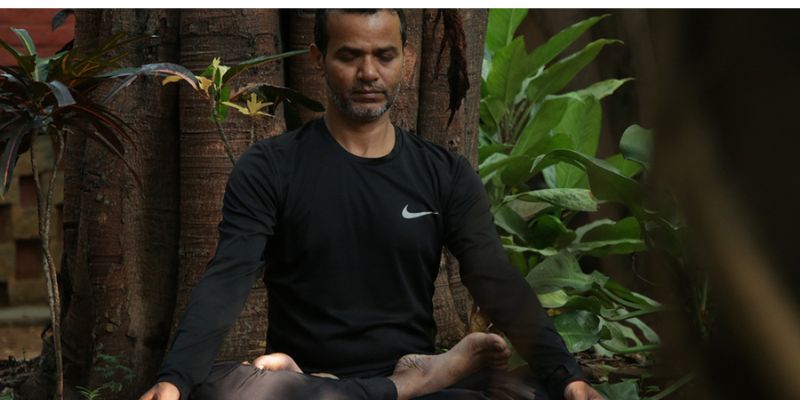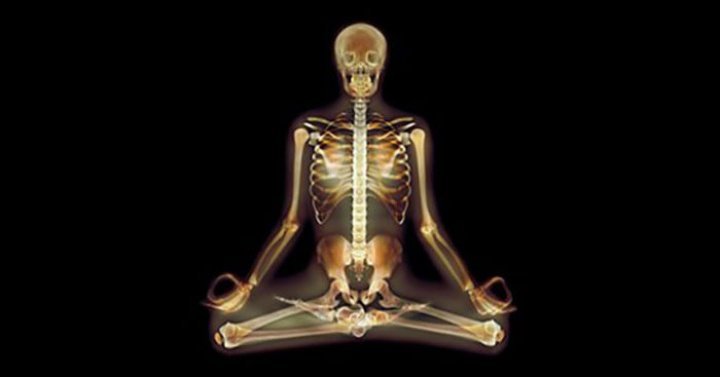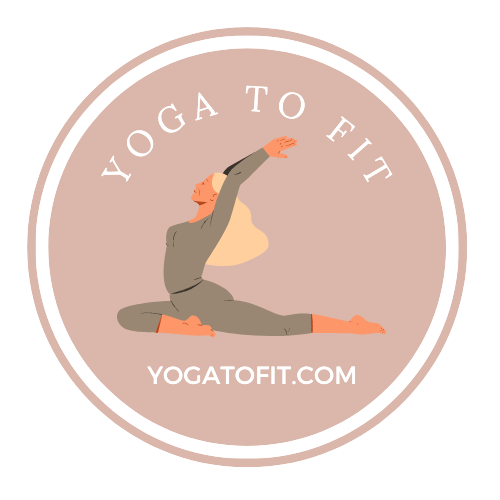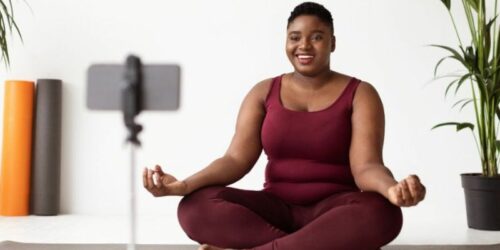What is the true Purpose Of Yoga?

Yoga includes Asanas (postures), breathing exercises (pranayama), relaxation, and meditation are all components of the practice. The majority of people are familiar with the physical postures or stances that make up yoga, but most are unaware about the true purpose of yoga.
Yoga is about discovering ourself. There are many variables that are beyond of our control. Everyone who practices yoga has a different goal in mind.
Each person’s goal is different. With enough practice, we can, nevertheless, observe and start to change how we perceive our situations.
Yoga is an observing and adjustment process. We may sit with the self in its most basic state once we can set ourselves free from anxiety or thought.
Yoga for the Soul aims to improve spiritual development, consciousness growth, and internal peace and tranquilly. In this blog, we will explain the true purpose of yoga and its benefits.
Let’s get Yoga Ing!
The Roots of Yoga
Yoga’s origins can be traced back over 5,000 years to the Indus Valley civilization. The word “yoga” itself comes from the Sanskrit word “yuj,” which means to unite or join. Initially, yoga was a spiritual practice that aimed to connect individuals with their inner selves and the divine.
Over the centuries, yoga evolved into various schools and poses, each with its unique approach. Hatha yoga, Ashtanga yoga, Kundalini yoga, and Vinyasa yoga are just a few examples of the diverse yoga traditions that have developed.
Origin of Yoga

Yoga benefits the mind, body, and soul and has many different uses. While precise goals may differ from person to person, the overarching goal of yoga is to achieve harmony and balance both inside and with the outside environment. Here are some essential components of yoga’s aim:
Physical Health and Flexibility
- Flexibility
One of the most visible benefits of yoga is increased flexibility. Regular practice can help improve your range of motion and reduce the risk of injuries.
- Strength
Yoga poses often require you to support your body weight, which can help build muscle strength over time, even without lifting weights.
- Balance
Yoga enhances balance by requiring you to maintain stable postures. This can be particularly beneficial for older adults in preventing falls.
- Pain Relief
Yoga has been shown to reduce chronic pain, such as lower back pain and arthritis, by improving posture and alignment.
Mental and Emotional Well Being
- Stress Reduction
Yoga incorporates mindfulness and deep breathing, which can significantly reduce stress and anxiety levels.
- Improved Focus
Practicing yoga enhances concentration and mental clarity, which can be beneficial in both personal and professional life.
- Emotional Resilience
Yoga encourages emotional awareness and equips individuals with tools to manage their emotions effectively.
- Better Sleep
Regular yoga practice is associated with improved sleep patterns and a reduction in insomnia symptoms.
Spiritual Development
- Inner Peace
Yoga encourages self-reflection and inner peace, helping individuals find harmony within themselves.
- Spiritual Growth
For many, yoga is a spiritual journey that leads to a deeper understanding of oneself and the universe.
Mind-Body Connection
Yoga places a strong emphasis on how the two are interconnected. It encourages practitioners to build awareness of the sensations, thoughts, and emotions that surface during the practice in addition to being fully present in the moment.
This mind-body link results in an increase in harmony and general well-being.
True Purpose of Yoga

Self-Discovery
At its core, the true purpose of yoga is self-discovery. Through physical postures, breath control, and meditation, individuals embark on a journey to better understand themselves.
Union of Body and Mind
Yoga aims to unify the body and mind, creating a harmonious relationship between the two. This union leads to improved overall well-being.
Connection to the Divine
For some, yoga is a spiritual practice that fosters a connection to a higher power or the universe. It provides a path to transcendence and enlightenment.
A Lifelong Journey
Yoga is not a quick fix; it’s a lifelong journey. It’s about continuous growth and self-improvement, both on and off the mat.
FAQ’S
Q: Can yoga be practiced by everyone?
Ans: Yes, people of all ages and fitness levels can engage in yoga. However, it is advisable to consult a qualified yoga instructor or healthcare professional before beginning a yoga practice, especially if you have any pre-existing medical conditions.
Q: How frequently should I practice yoga?
Ans: The frequency of yoga practice is determined by schedule and personal desire. It’s important to remain consistent; even little daily sessions might be helpful. As your strength and flexibility improve, start with a duration that feels comfortable and progressively lengthen it.
Q: Does yoga require flexibility for me to practice it?
Ans: No, being flexible is not necessary to practice yoga. Yoga can actually help you become more flexible over time. The body is gradually become more flexible via frequent practice by gently stretching and strengthening it. Each person has a different starting place, and everyone advances gradually.
You May Also Like:
How to practice Screaming toe pose?
Half Monkey Pose: 8 Easy Ways To Practice
Conclusion
In summary, yoga is more than just a workout. It’s a holistic practice with benefits for people of all ages. Beyond physical fitness, it promotes mental, emotional, and spiritual wellbeing.
Whether you’re aiming for flexibility, stress relief, or self-discovery, yoga can be transformative. Consistency is crucial for reaping its rewards, so stick with it and be patient.
Embrace yoga’s true purpose and let it enhance your life in unexpected ways.



